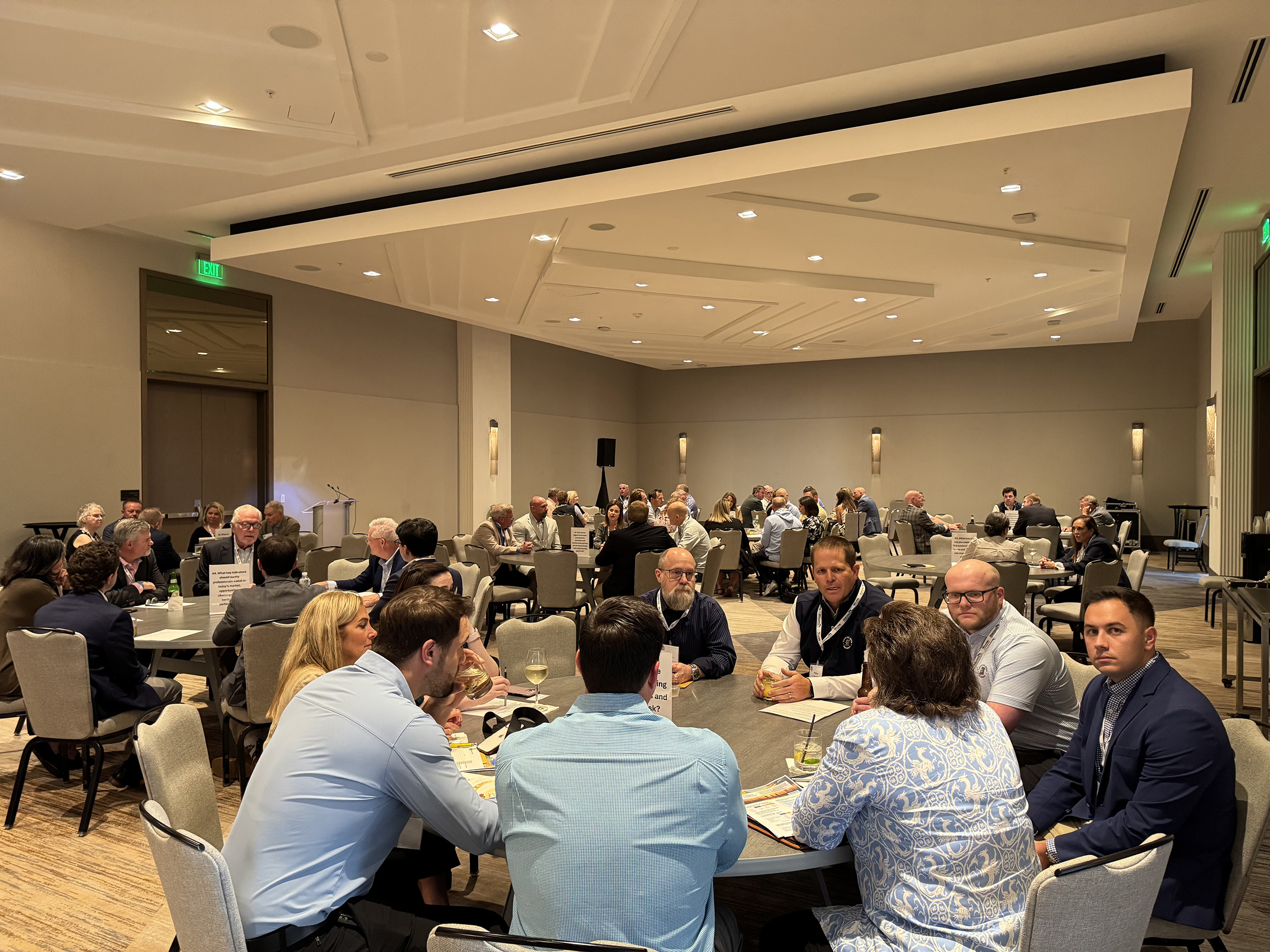By Campbell Pryde, President & CEO of XBRL US
Generative AI for business is driving interest in the quality and functionality of data for more robust, effective results. Artificial intelligence is an incredibly important tool, but success requires good quality data. The 2025 AI & Data Leadership Executive Survey, a benchmark survey of Fortune 1000 and global leaders, found this year that 98.4% of respondents said they were increasing investments in data and artificial intelligence, and 93.7% reported that they are seeing business value from AI investments. Most (74.8%) of these gains come from improvements in productivity and customer service.
The surety industry is no exception. Artificial intelligence can assist with underwriting automation, enhanced risk assessment, fraud detection, and compliance, and even customer experience. While the value of personal relationships in the bonding business will always be important, data-driven decision-making is key to modernizing the surety industry.

Image created using Perplexity AI Program
Underwriters need reliable, timely data from contractors that expresses their corporate financials and explains the status of their ongoing book of projects. XBRL US has been working with the National Association of Bond Producers (NASBP), the Surety and Fidelity Association of America (SFAA), and a group of software providers and sureties over the past several years, to modernize access to contractor financial data by rendering it in more consistent, structured, machine-readable format. The Construction Financial Managers Association (CFMA) has recently gotten involved as they see the need for and value of automation in data management.
Given the increasing move towards artificial intelligence, the transition to automated, structured data takes on greater urgency.
While today, large volumes of structured, machine-readable financial data from contractors are not widely available, we can assess the potential impact by using other structured, standardized sources of data.
As a nonprofit data standards organization, we collect, and store data reported to the Securities and Exchange Commission (SEC) and the Federal Energy Regulatory Commission (FERC) in XBRL format. XBRL data is consistently structured and fully machine-readable because contextual information is embedded in every reported fact. The FERC has required public utilities including electric, oil, natural gas, and services companies to report in XBRL since 2021 as part of their FERC eForms data collection.
We were curious how a large language model (LLM) would react when it could use structured, standardized data compared to unstructured data. To find out, we used the desktop version of Anthropic’s Claude LLM and gave it access to the XBRL US database of 15+ years of structured, machine-readable data through an MCP server (model context protocol) which contained both SEC and FERC reported data.
We used a single prompt to ask the LLM to compare findings for XBRL and non-XBRL sources: “Please find quarterly megawatt hours sold for Puget Sound Energy, Inc. for 2023, 2024 and 2025 using XBRL data from the FERC Form 1 and FERC Form 3Q Electric and using non-XBRL data. Create a table comparing the data from both sources.”
We ran the query multiple times to see how results might vary. The first time we ran the prompt, Claude generated the table of key findings shown below. View the complete findings report here.
 Campbell Pryde is President and CEO of XBRL US. Pryde leads the development and maintenance of taxonomies for XML-based business reporting applications in the US. He plays an integral part of the executive team of XBRL US in determining the strategy for taxonomy development and maintenance. He has been involved with XBRL since 2001. He has a background in both accounting and investments, having joined XBRL US from Morgan Stanley, where as Executive Director in the Institutional Securities Group, he managed the equity research XBRL-based valuation framework. Prior to joining Morgan Stanley, Pryde was a Partner in the Risk and Advisory Practice of KPMG LLP.
Campbell Pryde is President and CEO of XBRL US. Pryde leads the development and maintenance of taxonomies for XML-based business reporting applications in the US. He plays an integral part of the executive team of XBRL US in determining the strategy for taxonomy development and maintenance. He has been involved with XBRL since 2001. He has a background in both accounting and investments, having joined XBRL US from Morgan Stanley, where as Executive Director in the Institutional Securities Group, he managed the equity research XBRL-based valuation framework. Prior to joining Morgan Stanley, Pryde was a Partner in the Risk and Advisory Practice of KPMG LLP.
Get Important Surety Industry News & Info
Keep up with the latest industry news and NASBP programs, events, and activities by subscribing to NASBP SmartBrief.




